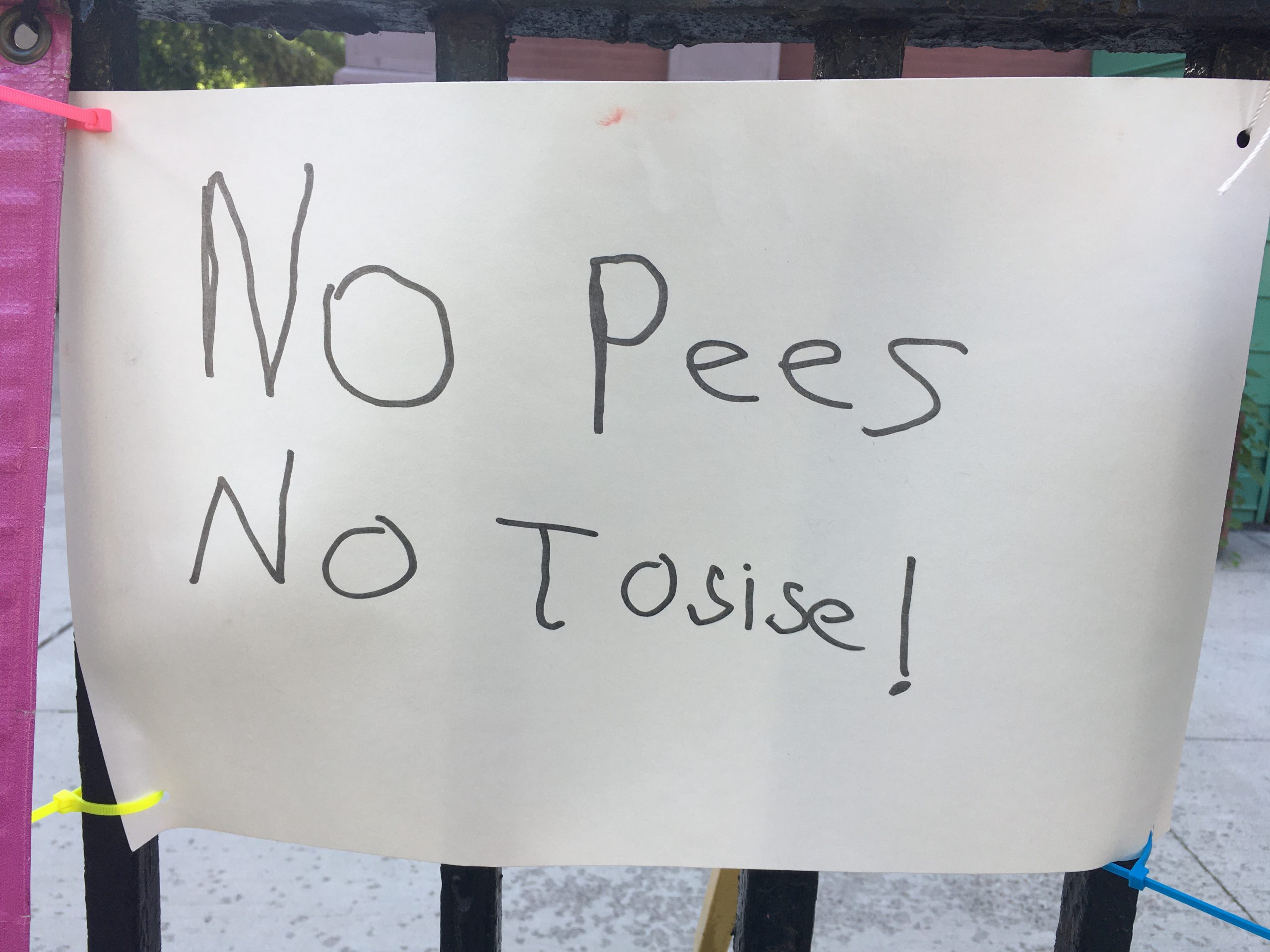My internet service …is not reliable, very slow speed and it cuts off very often. I have had to upgrade in the hopes that I will get adequate internet service. Which mean it is more expensive when they eventually mail me a new modem.”.” – Workforce Survey Participant
The New York Early Childhood Professional Development Institute, in partnership with the Bank Street College of Education, recently completed a survey to understand the impact of the COVID-19 pandemic on New York’s early childhood workforce. The survey included early childhood program leaders, teachers, and family child care providers. Over 3,000 individuals who are members of the state’s Aspire Registry responded. The survey sought to provide a descriptive snapshot of the workforce during the pandemic in order to stimulate dialogue to help the field navigate this crisis.
The survey highlighted many issues related to equity. As indicated by the opening quote, access to technology (for student families and the early childhood workforce) was one such issue. The COVID-19 pandemic has made the use of technology-mediated practice more important than ever. However, as evidenced by it’s inclusion in the National Association for the Education of Young Children’s Position Statement on Technology and Interactive Media, pre COVID-19 there was already concern about the inequitable access to technology. Considering the importance of these tools to the current and future practice of the early childhood workforce, this variation in access raises some important considerations:
- All students and educators need equitable access to the technological tools and internet connection that allow them to participate and learn. The New York City Department of Education’s Division of Early Childhood Education has provided ipads, hotspots, and technical support for families. However, many licensed childcare programs that are not publicly funded are also offering remote learning to families as a way to bring in much needed revenue. At these sites, the families may have access to technology and connectivity, but the childcare teachers who are working for very low wages may not.
- There remains concern about the availability and inclusion of content for all children. Survey participants expressed the need for content for children with special needs and for multilingual learners. This frustration was voiced in a comment from one survey respondent, “Resources in Spanish! I personally cannot translate every great resource I find and I feel like my Spanish-speaking families are missing out.”
- We need continued efforts to provide professional development opportunities for the workforce to ensure intentional decisions about how to use the available resources with families of young children.
- As early childhood educators, it is important that we continue to consider how to balance the use of technology with children’s developmental needs. Educational screen time in early childhood should be minimal, and therefore does not offer a meaningful source of revenue for private programs when used appropriately. Here is the NYC Division of Early Childhood’s Guidance:
The use of technological tools has allowed the early childhood workforce to continue providing services to children and families during the COVID-19 pandemic. The disparity in access to and appropriate use of these tools is of great concern as they continue to play an important role in our daily lives. Educators are advocating for equitable access to and responsible use of these essential resources.
How has access to technology impacted your practice?
Erica Yardy is a Research Associate with the New York City Early Childhood Research Network, a project of the New York Early Childhood Professional Institute, and is a preschool teacher in White Plains, New York. She received her Master’s in Early Childhood Special Education from the University of Illinois at Urbana Champaign and has previously taught in New York City and Barbados.



